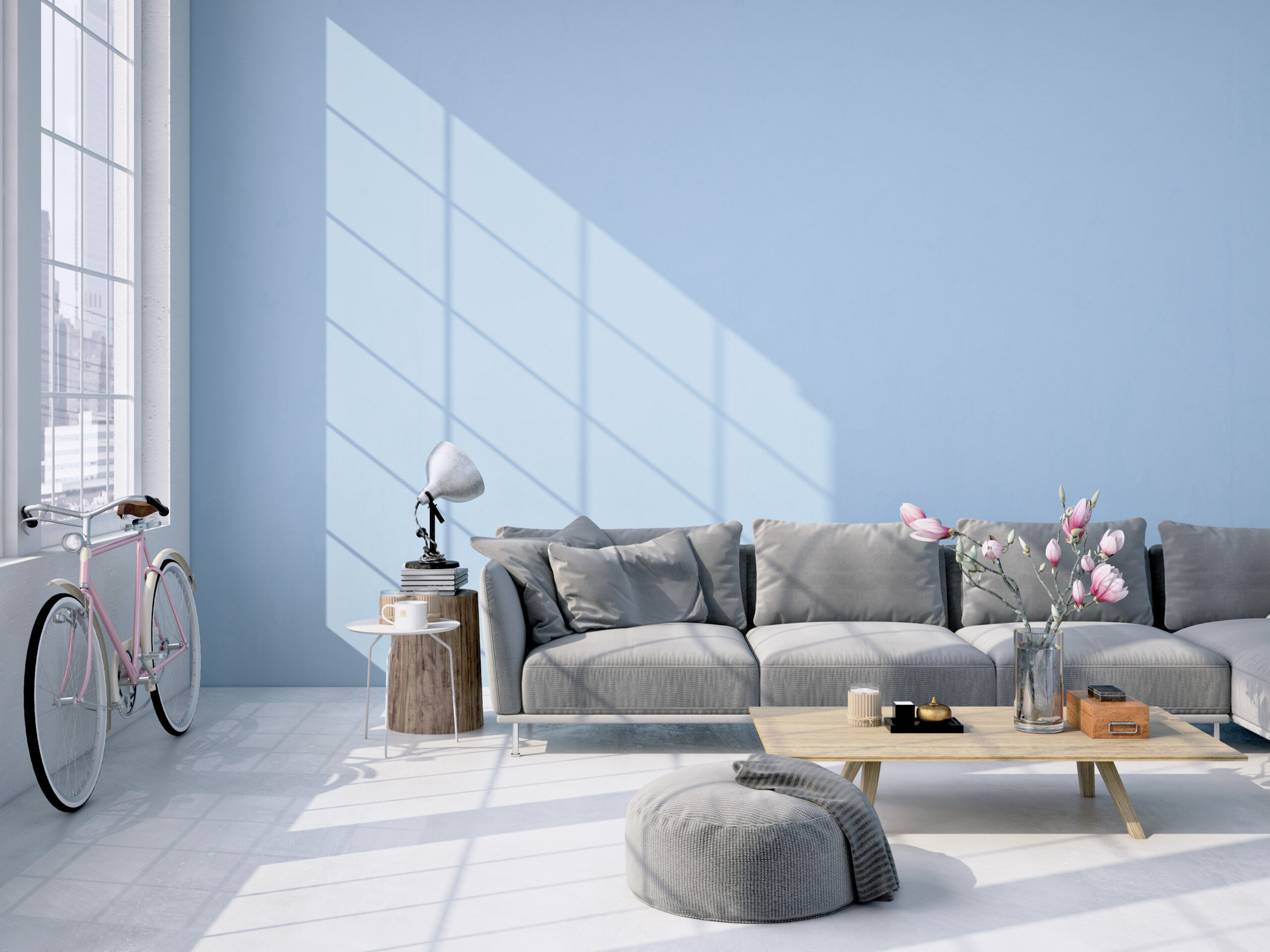By Marilyn Kennedy Melia
Who’s going to be buying the millions of homes Baby Boomers raised their families in?
The kids who grew up in those homes – millennials.
According to the National Association of Realtors 2016 study on generational housing trends, millennials account for slightly more than one-half of all buyers.
But they won’t be interested in a home if it looks like their parents’ place.
Home “stagers,” professionals that work with sellers to present homes to the prevalent tastes and desires of buyers, are kept busy these days helping Boomers erase traces of the 1980’s and 1990’s, says Maureen Bray, past president of the Real Estate Staging Association.
Two of the most common vestiges of decorating still proudly displayed, says Bray, are heavy draperies and window valances, and hutches filled with china and silver sitting atop a cabinet.
“I tell them that young buyers won’t want to display their china and silver,” Bray says. “And that while they may have spent a lot on expensive window coverings, they’ve gotten their money’s worth because they’ve enjoyed them all these years.”
With the china hutch removed, Bray usually replaces the open space with a painting.
Even though china hutches are out, the dining room should still be a dining room. Restoring rooms to their original and best purpose is standard staging protocol, and that often means restoring a dining room for dining if it’s been used as a home office, or otherwise converted, Bray says.
Children’s bedrooms, which empty nesters may have been using for storage or crafting rooms, are best set up with a bed or even toys.
In some cases, it’s necessary to move out current furnishings and switch in the appropriate décor. Sometimes, homeowners can rent furniture for staging purposes. Bray recommends asking friends and family for loaner furniture first.
© CTW Features

